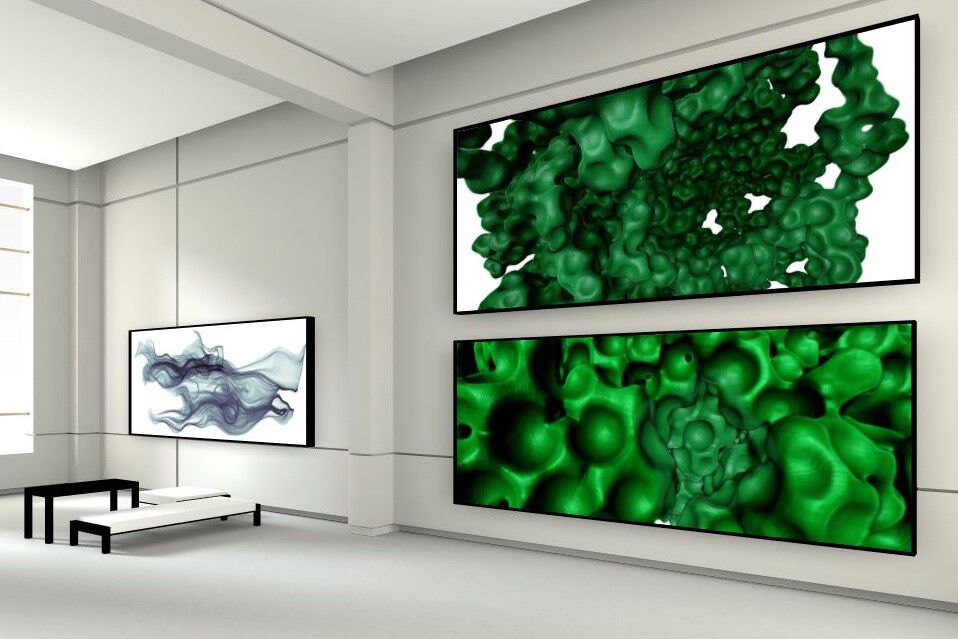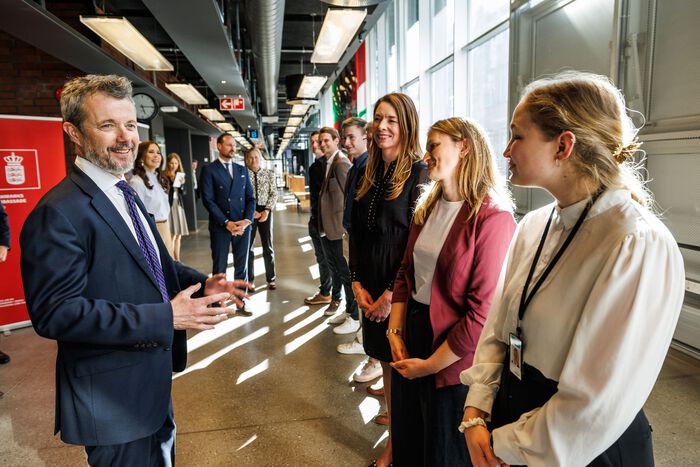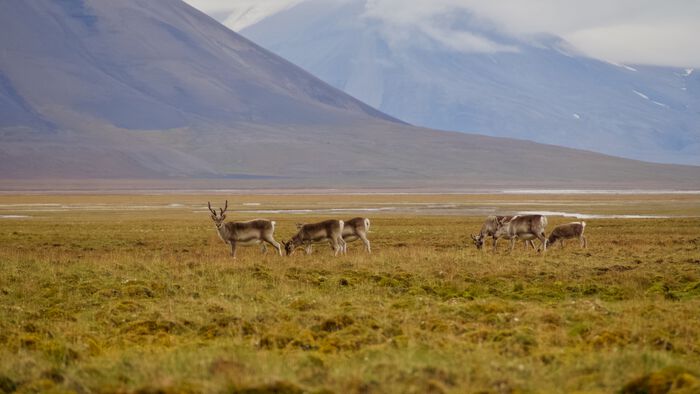“Scientists are not ice cold machines, we like nice things too”, physicist Kristian Stølevik Olsen says.
Olsen and his colleagues at the Porous Media Laboratory (PoreLab) at the University of Oslo, Norway have created a digital exhibition with images from their research.
Usually these images only appears in scientific journals with a small number of readers. Now you have the opportunity to get an insight into what they find in their experiments and computer simulations.
“It is only natural to describe some of the research visually. When we do that we automatically get many pictures that are surprisingly beautiful”, Olsen says to Titan.uio.no.
You can also read this article in Norwegian
Inside the digital gallery you can move around from room to room. You can study the images at a distance or at close range, and you can read more about the scientific phenomena the images are representing.
Visit the exhibition: The Art of Porous Media
Art and science
The physicists at the University of Oslo are not the first to connect art and science. Before the time of photography, for example, it was not uncommon for famous artists to make illustrations for researchers' descriptions of animals, plants and natural phenomena.
In mathematics and physics, one often hears that theories are described as "beautiful". Fractals, repetitive geometric patterns, are almost impossible to take your eyes off when you first start looking at them.
“Fractals often appear in our research, but maybe not as perfect as in pure mathematics”, Olsen says.
He has made several of the images in the digital gallery. They have arisen when he makes models of flock behavior amongst, for example, birds, schools of fish or bacteria.

“I am a theorist, so in my case everything is made through simulations on a computer. I make an animation of my system, and then I save the prettiest pictures from the animation”, Olsen says.
Porous media
Most images come from research on what is called porous media. A porous medium is a substance or material in which there are small pores inside, a sponge, for example. But even stones often contains tiny, tiny pores where there may be air, water or other liquids.
“A lot of the pictures have to do with one or two liquid media that move through a porous medium”, Olsen says.
Among other things, the digital gallery walls are adorned with images from Joachim Falck Brodin's newly developed 3D scanner:

Adds something extra
Kristian Stølevik Olsen does not fear that the beautiful pictures will take the attention away from the actual research. Nor that the knowledge of what the pictures show, reduce the experience of something beautiful in nature.
He agrees with the legendary physicist Richard Feynman who believed that knowledge is a pleasing addition to beauty.
“Knowing what is going on at the microscopic level in a plant does not take away the pleasure of a flower being pretty. It can only add something extra”, Olsen says.
Visit the exhibition:
Read more on Titan.uio.no:
30 year old prediction on motion of fluids is verified
Volcanic emissions can cause changes in the atmosphere over a long time
Permafrost in the Arctic can thaw faster than presumed
About The Porous Media Laboratory (PoreLab)
PoreLab is a Norwegian Center of Excellence created in 2017. It is situated at the Norwegian University of Science and Technology (NTNU) in Trondheim, and the University of Oslo (UiO).
They work to advance the understanding of flow in porous media. Starting from a sound basis in physics they aim for a better description of flows that range from geological to biological and technological.
Read more at PoreLab’s website





